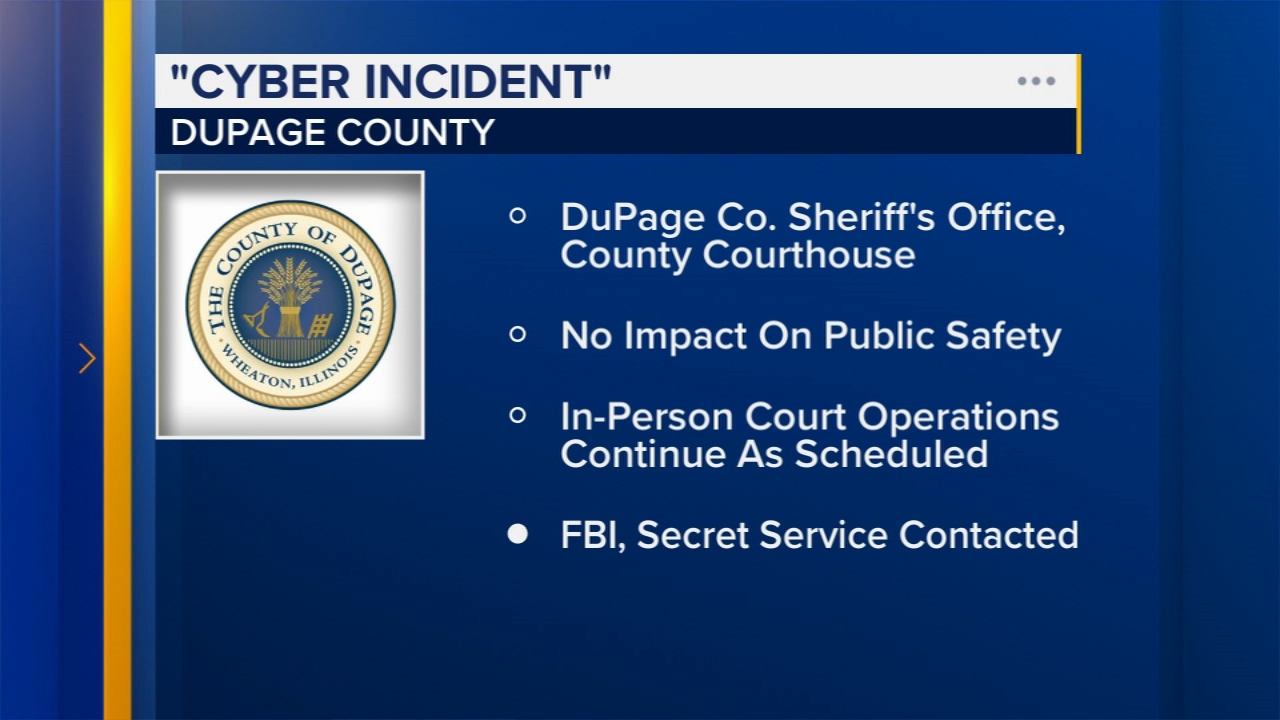Illinois in path of totality for the 2024 solar eclipse; what to expect in Chicago
Total solar eclipse will visit Carbondale for 4 min., 9 seconds beginning at 1:58 p.m.
CHICAGO (WLS) -- NASA said Illinois is in the path of totality for the 2024 solar eclipse, so when the party in the sky starts on April 8, you're invited.
More than 31 million people across 15 states, including parts of Illinois, will see the moon completely cover the sun in a total solar eclipse briefly turning day into night.
"We are so lucky that this is possible here on earth, it's dependent on very particular orbits, sizes of the sun and the moon, the distance between us on the moon," said Hunter Miller, Public Observing Educator at the Adler Planetarium.
Dubbed the Great American Solar Eclipse of 2024, its path of totality will travel over a portion of northern Mexico before entering the U.S. It will then touch southeast Canada before moving out to sea. It will visit Illinois beginning at 1:58 p.m. and last about 4 minutes and 9 seconds.
The Adler is gearing up for the big day with a free outdoor event. Right now, inside the planetarium, they have their Chasing Eclipses exhibit.
READ MORE: How to protect your eyes during the 2024 solar eclipse
"It talks about the science and how an event like this is happening but also explores the human element of eclipses," said Miller. "There's this huge group of people across the world that are really passionate about going and chasing down eclipses, trying to see as many as they can."
The last visible total solar eclipse in the U.S. occurred in 2017. The odds in general for any one spot on Earth of seeing one is once every 375 years. But not if you have the distinct pleasure of living in or near Carbondale.
"They're the really lucky kind of X marks the spot for the last two total eclipses we have had," said Miller.
Carbondale was in the centerline of the 2017 eclipse and will be again during the 2024 eclipse.
2017 ECLIPSE: Solar eclipse moves over skies above Chicago, Carbondale
Chicago will experience just a partial total eclipse with up to 94 percent coverage.
"There will definitely be a noticeable darkening once you get past that 90 percent point," said Miller.
A giant pair of solar glasses sit outside the Adler. They serve as a great reminder to always use a solar viewers when looking at the sun. Only during the brief moments of totality during a total solar eclipse, when the moon completely covers the sun, can one look directly at a solar eclipse without eye protection.
Safe solar viewers are thousands of times darker and ought to comply with the ISO 12312-2 international standard.
Total Eclipses are also the only opportunity scientists have to study the sun's corona
What we'll see depends on the weather but if you're lucky enough to witness it - it's nature at its best.
READ MORE: 2nd child at Pilsen migrant shelter diagnosed with measles is a CPS student; city marks 3rd case











